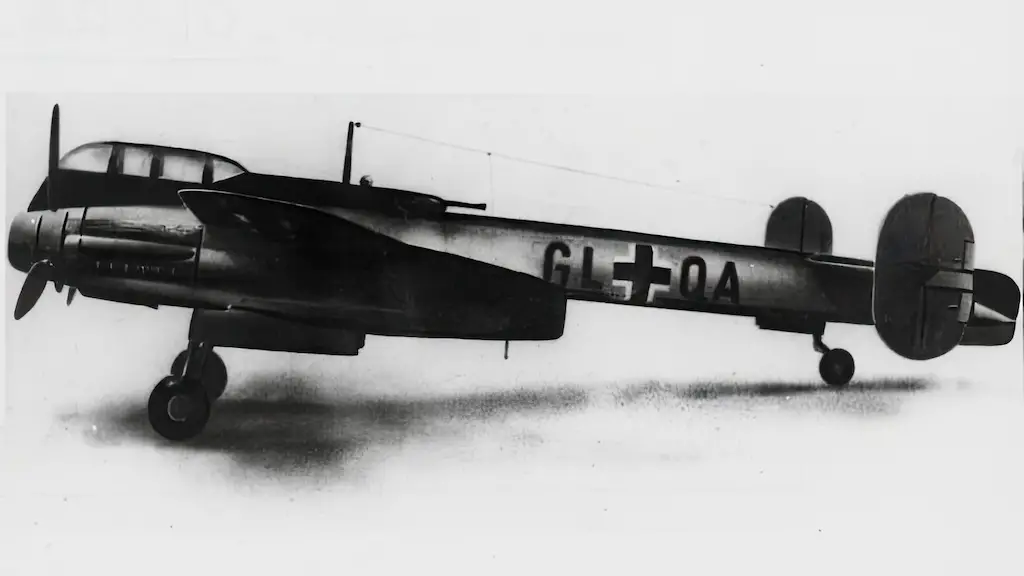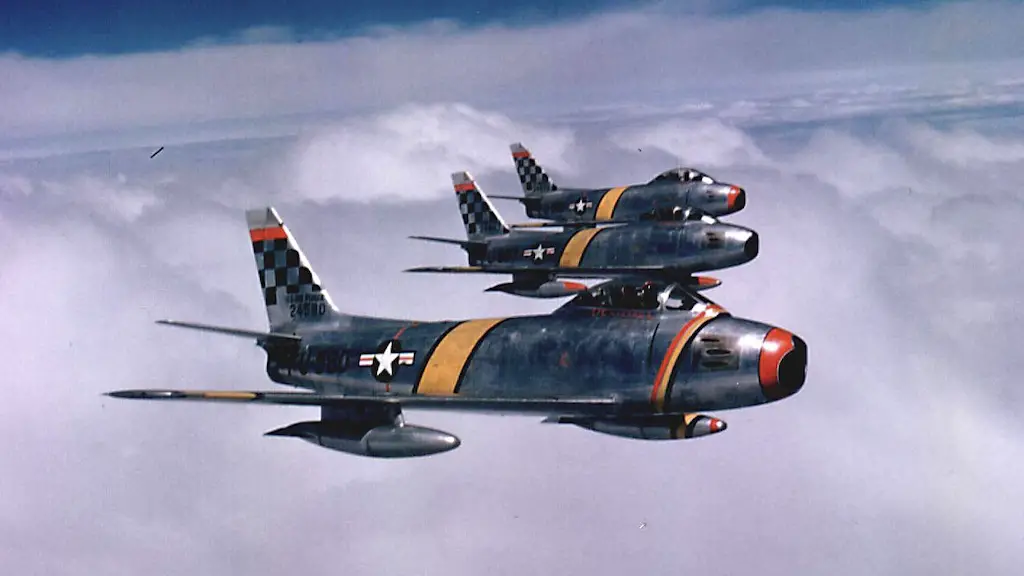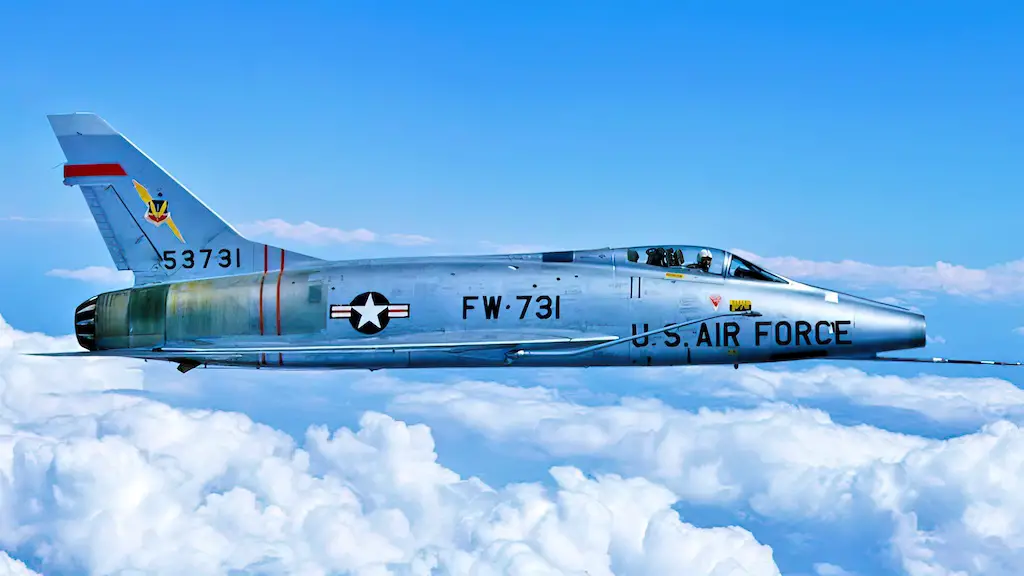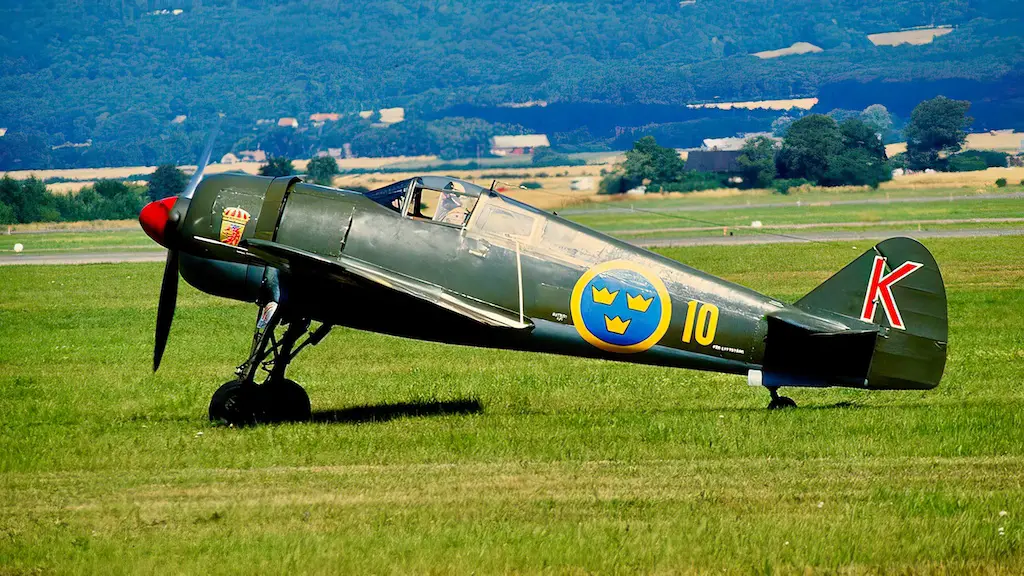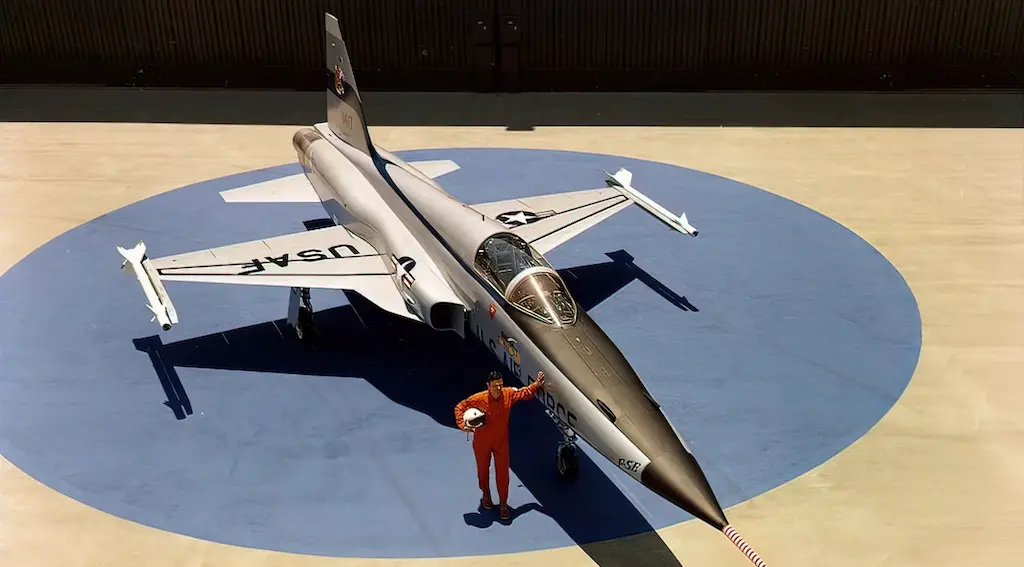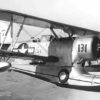A Forgotten Experiment
The Arado Ar 240 is a tale of innovation and ambition that eventually succumbed to reality. This twin-engine German fighter-bomber from World War II offers a unique insight into aircraft design and development during that time. Let’s take a look at its fascinating history, from the drawing board to its premature retirement.
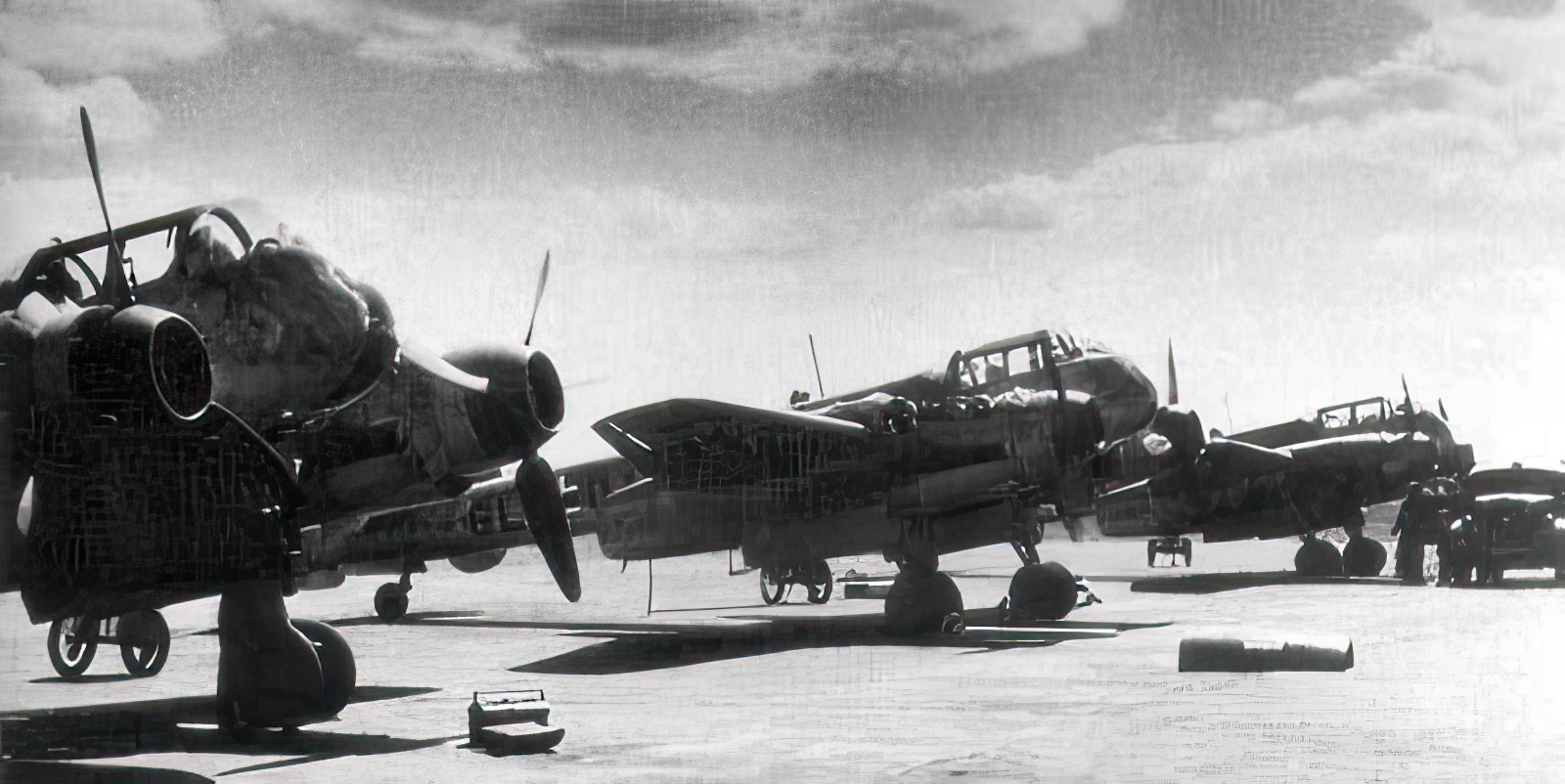
Born of Necessity
In the late 1930s, the Luftwaffe sought a heavy fighter to fill a gap in its fleet, and the Arado company began work on the Ar 240. The first prototype took flight in 1940, featuring advanced technology such as tricycle landing gear and a pressurized cockpit.
However, the development was far from smooth. Stability issues in initial flight tests caused concern, but dedicated engineers refined the design. Though fraught with setbacks, their innovative spirit led to an aircraft that seemed ready to meet the Luftwaffe’s demands.
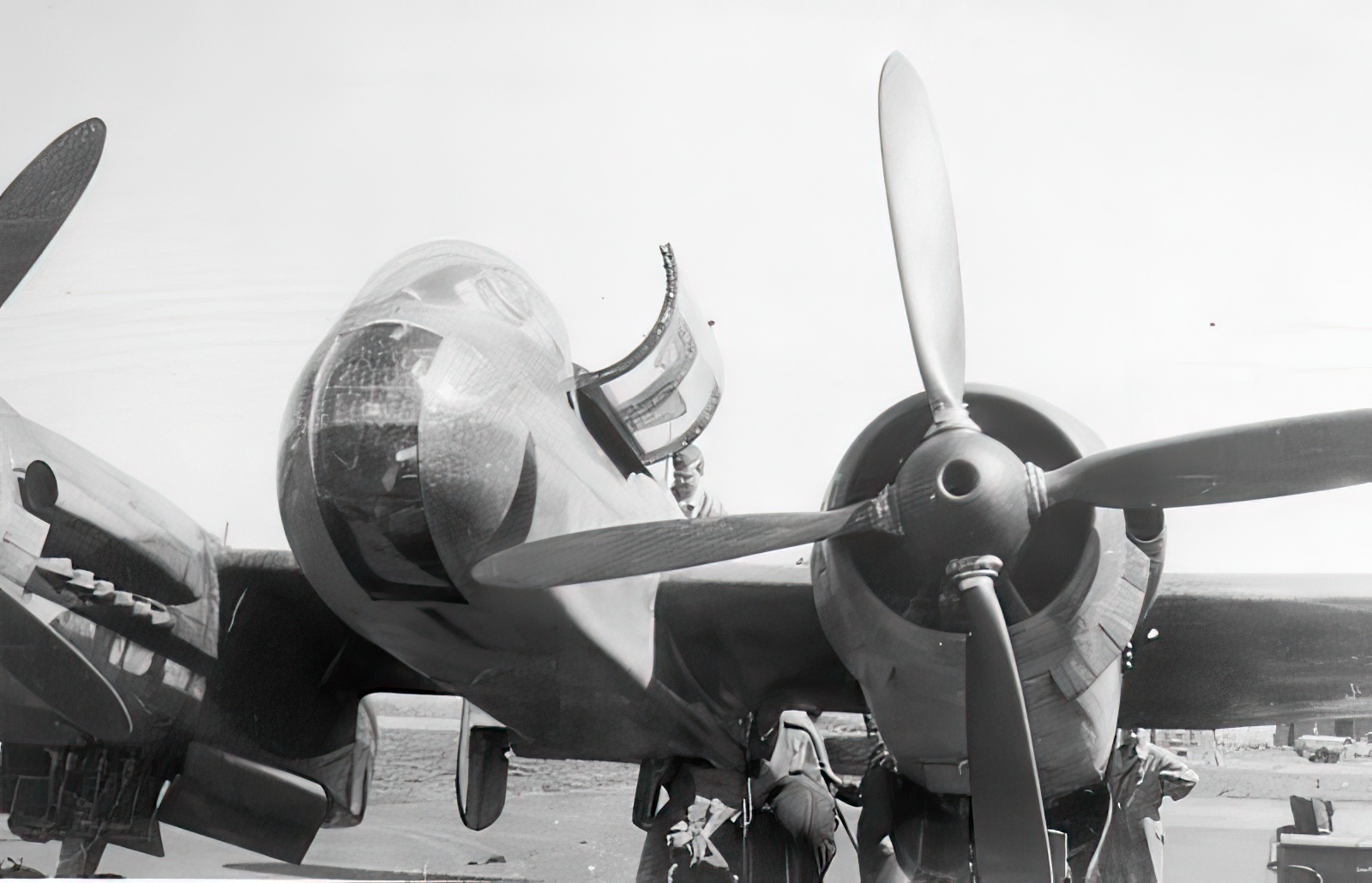
The Engine
Equipped with two Daimler-Benz DB 601 engines, the Ar 240 was a marvel in engine design for its time. With 1,175 horsepower produced by each engine, it was a powerful machine on paper.
However, these engines proved problematic in the field. Persistent cooling issues and unmet power expectations caused headaches for engineers. They wrestled with the conflicting demands of performance and reliability, but these challenges were never fully resolved, leading to further complications down the line.
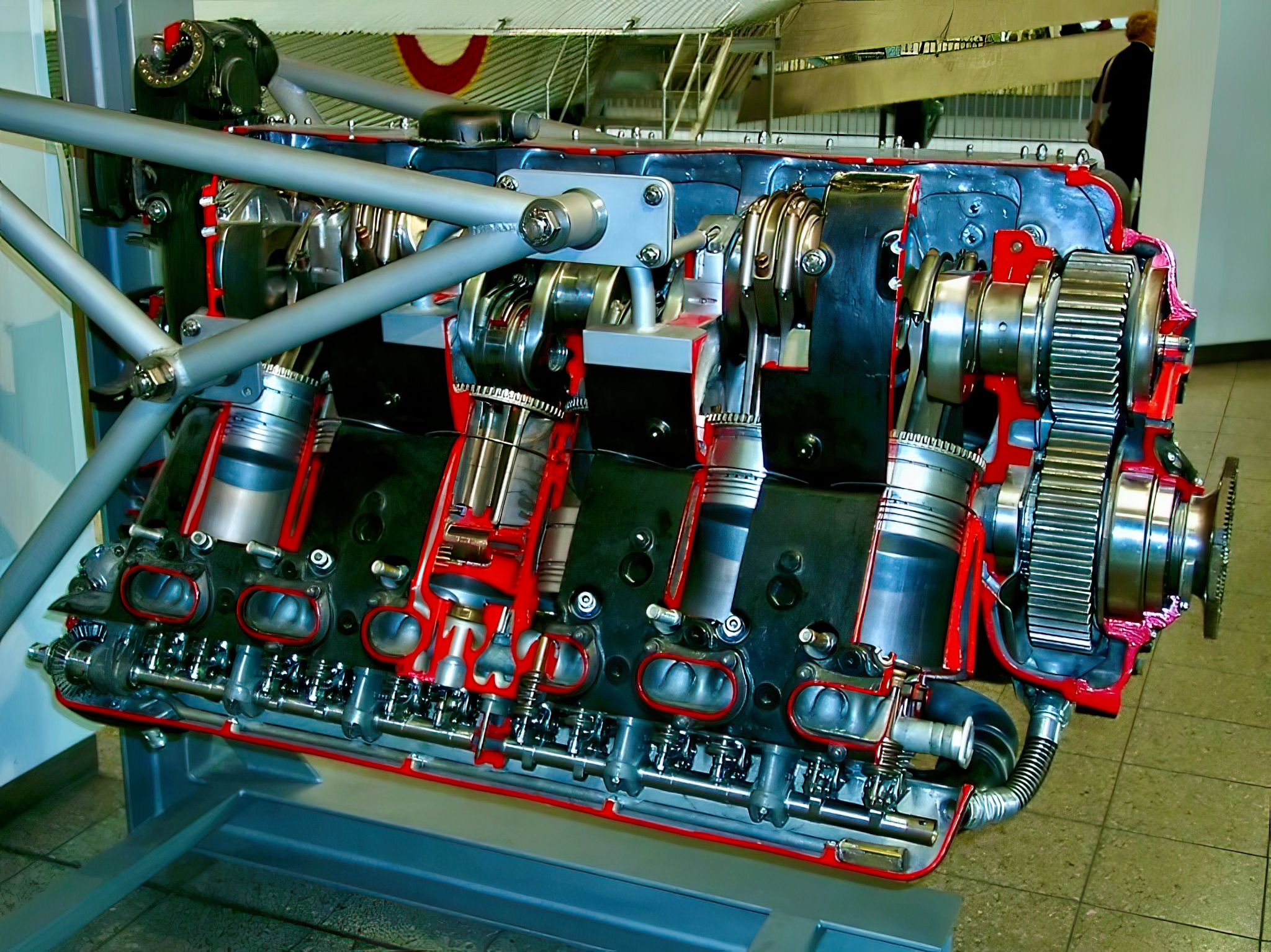
In the Skies
Once airborne, the Ar 240 impressed with its stability, handling, and all-around visibility. It was agile and quick, seemingly a perfect fit for interception and ground attack missions.
But the promising flight characteristics were overshadowed by significant limitations in payload capacity and armament. These flaws diminished the aircraft’s combat effectiveness, eroding the initial enthusiasm and creating doubts about its suitability for the intended roles.
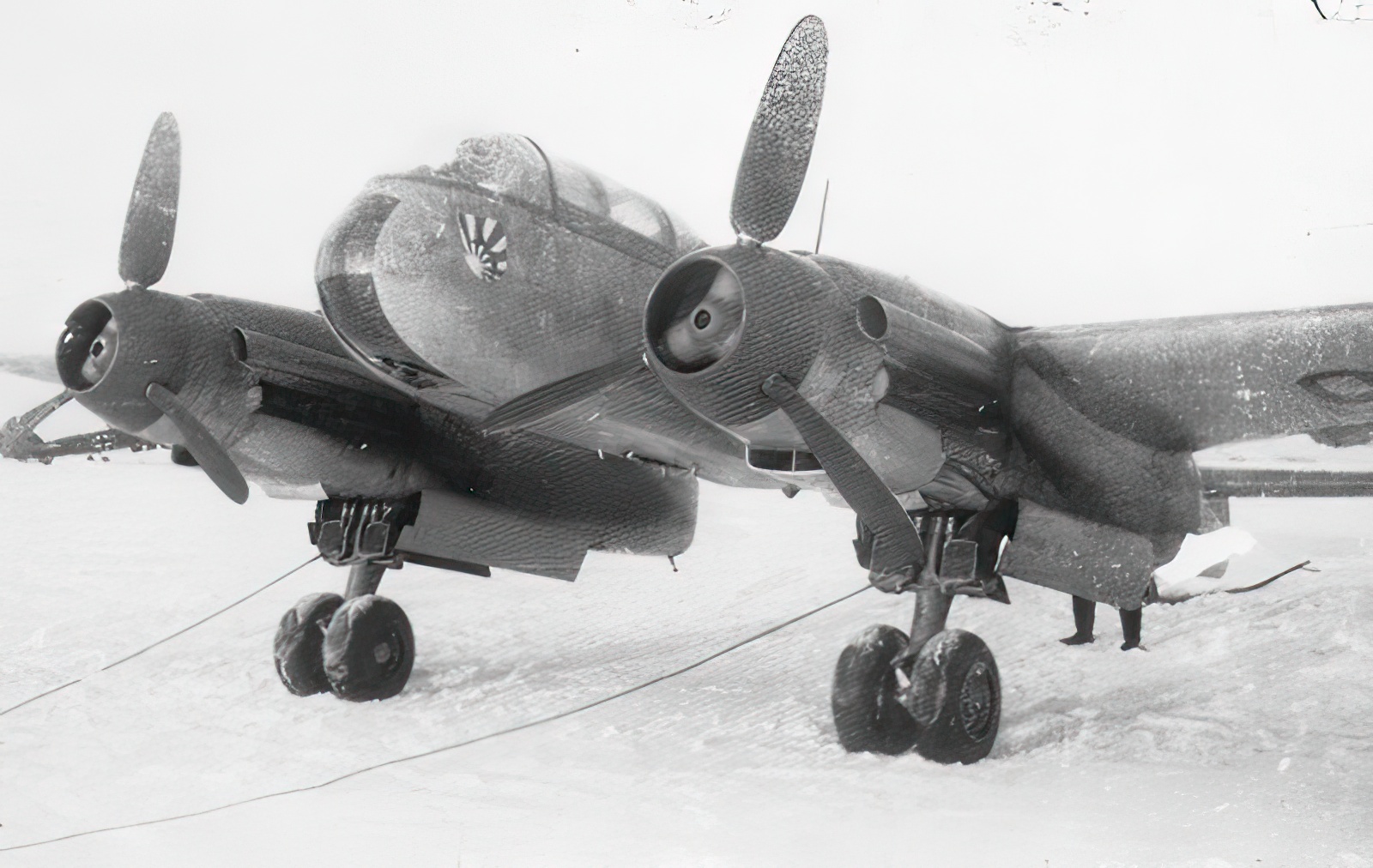
The Downfall
As development continued, the Ar 240 faced a plethora of problems beyond its engines and armament. The landing gear was weak and prone to failure, and the self-sealing fuel tanks proved unreliable.
The continuous stream of issues led to the project’s cancellation, and as other aircraft designs outpaced the Ar 240, it became clear that it would never reach full-scale production. Only a few prototypes were ever built, leaving the aircraft as a mere footnote in aviation history.
Legacy and Influence
Despite never reaching full-scale production, the Ar 240 left a lasting imprint on the aviation industry. The design’s innovative features, such as tricycle landing gear and pressurized cockpit, were ahead of their time. These pioneering elements captured the attention of engineers and helped shape subsequent aircraft development.
Yet, the Ar 240’s legacy is also one of caution. Its ambition outpaced the available technology and logistical support of the era, resulting in a string of insurmountable problems. The aircraft’s journey serves as a reminder that innovation must be paired with practicality, a lesson that continues to resonate with designers and engineers.
The Arado Ar 240 offers a vivid lesson on the complexities and demands of wartime aviation development. Its journey from ambition to disappointment is filled with insights into innovation, perseverance, and the brutal realities of engineering.

